Evidence-Based Horsemanship
Evidence-Based Horsemanship by Dr. Peters and Martin Black
Click on book cover to go to Eclectic Horseman Mercantile for purchase
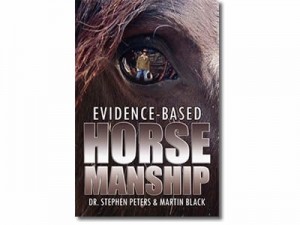
Evidence-Based Horsemanship by Dr. Peters and Martin Black
Evidence-Based Horsemanship is based on the Scientist-Practitioner Model. It was developed out of a collaboration between Martin Black and Dr. Stephen Peters who felt that the public and their horses needed a source of accurate information.
“Real information” gathered by observation, tested in the field and validated by science.
Evidence-Based Horsemanship involves assessing and integrating scientific findings to inform decisions and to create “best practices ” in all areas of horse training and care based on empirical outcomes (i.e., what “works”).
It allows us to ask the question, “What does our current scientific knowledge of the horse, when applied and empirically observed, show me about getting the best outcomes possible for me and the horse?”
Soft Cover, photos, 90 pages
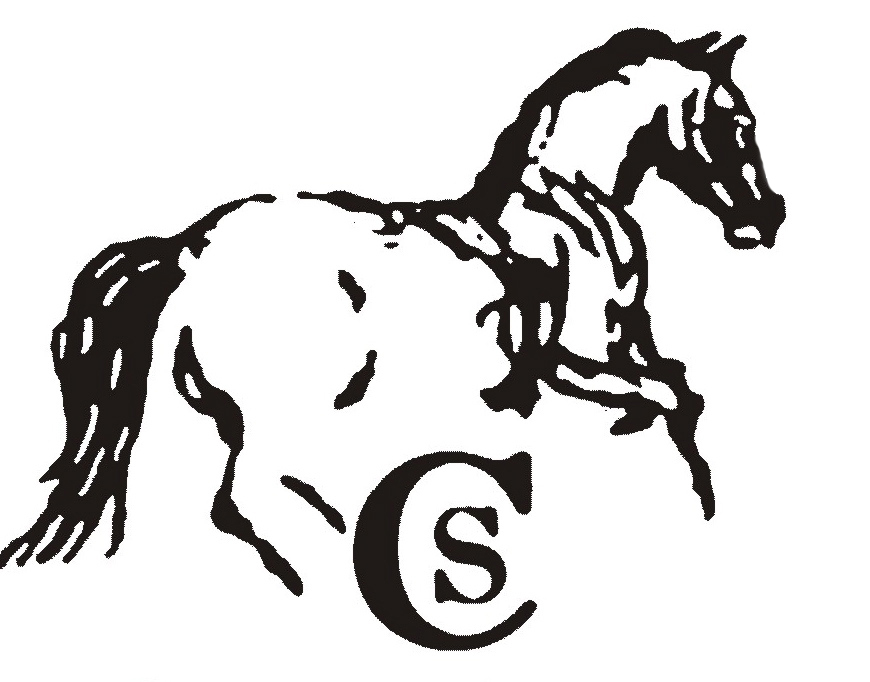
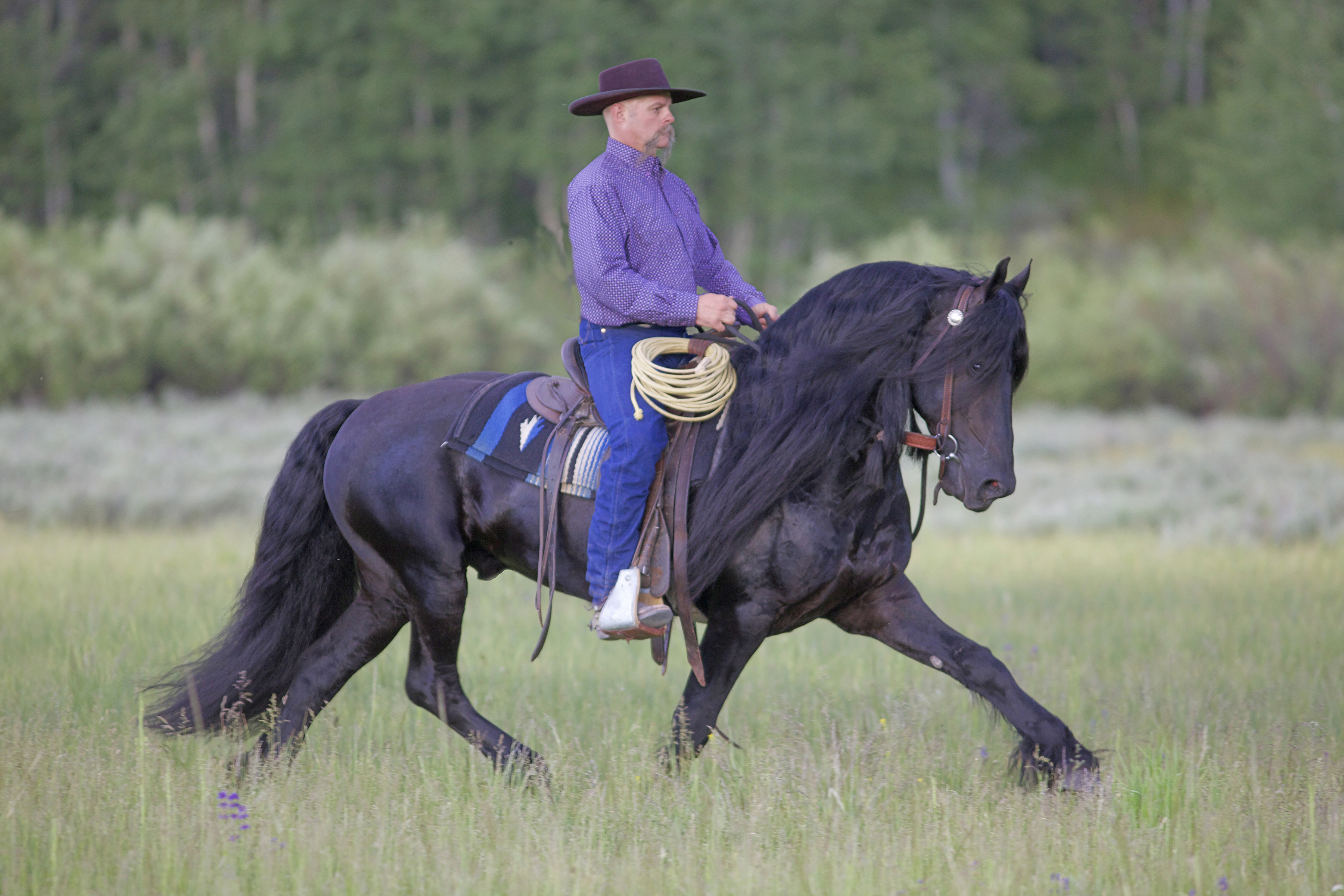
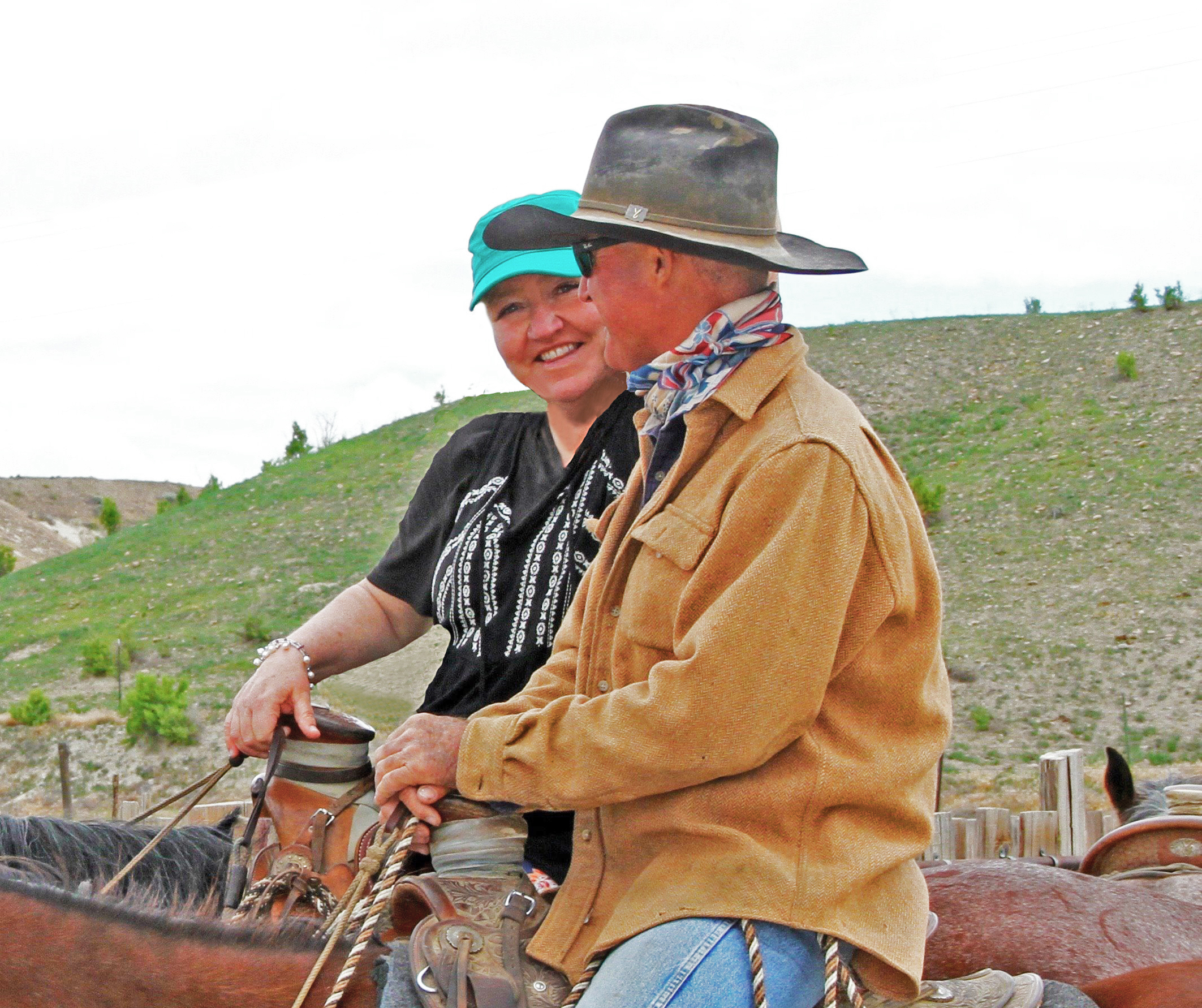

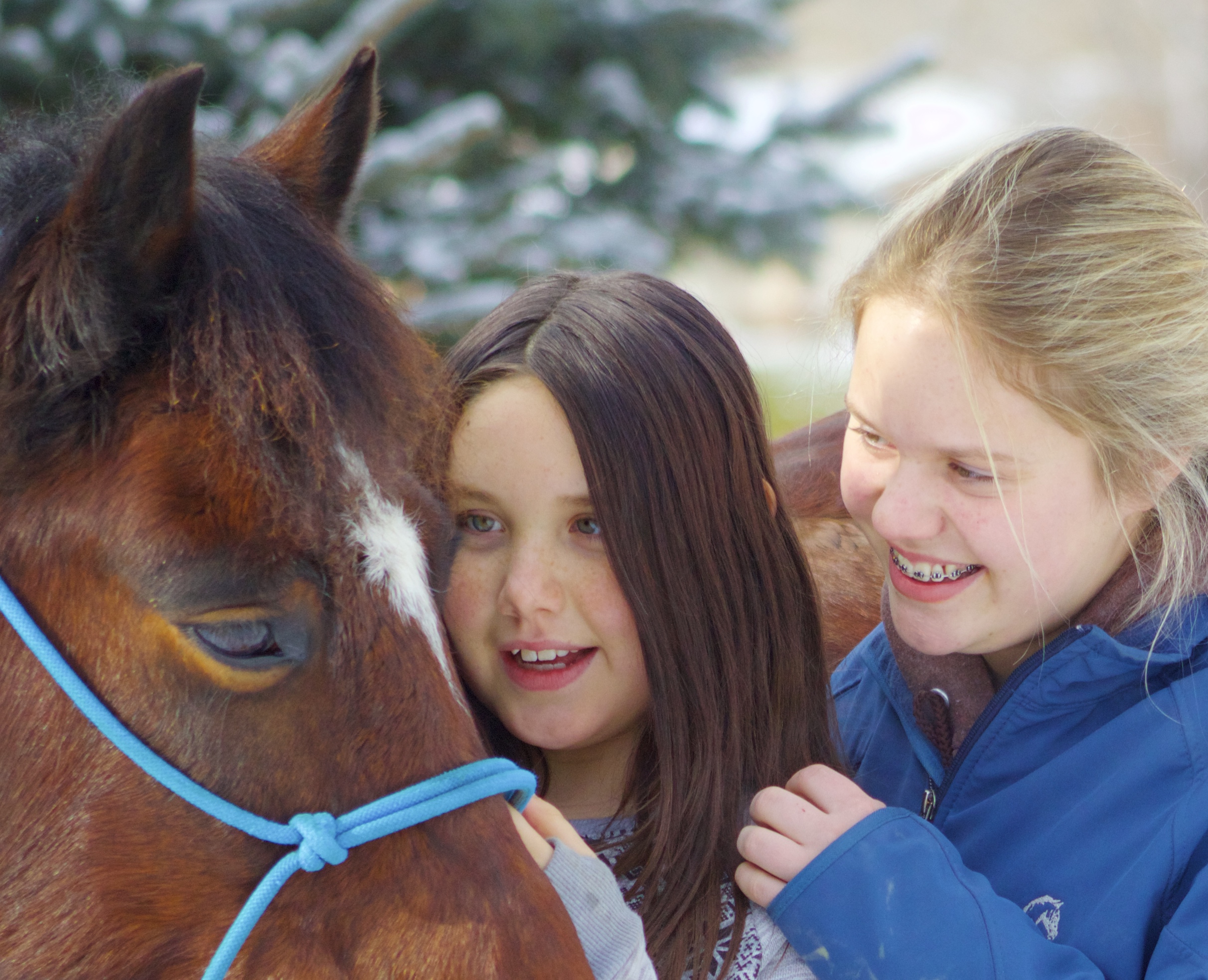
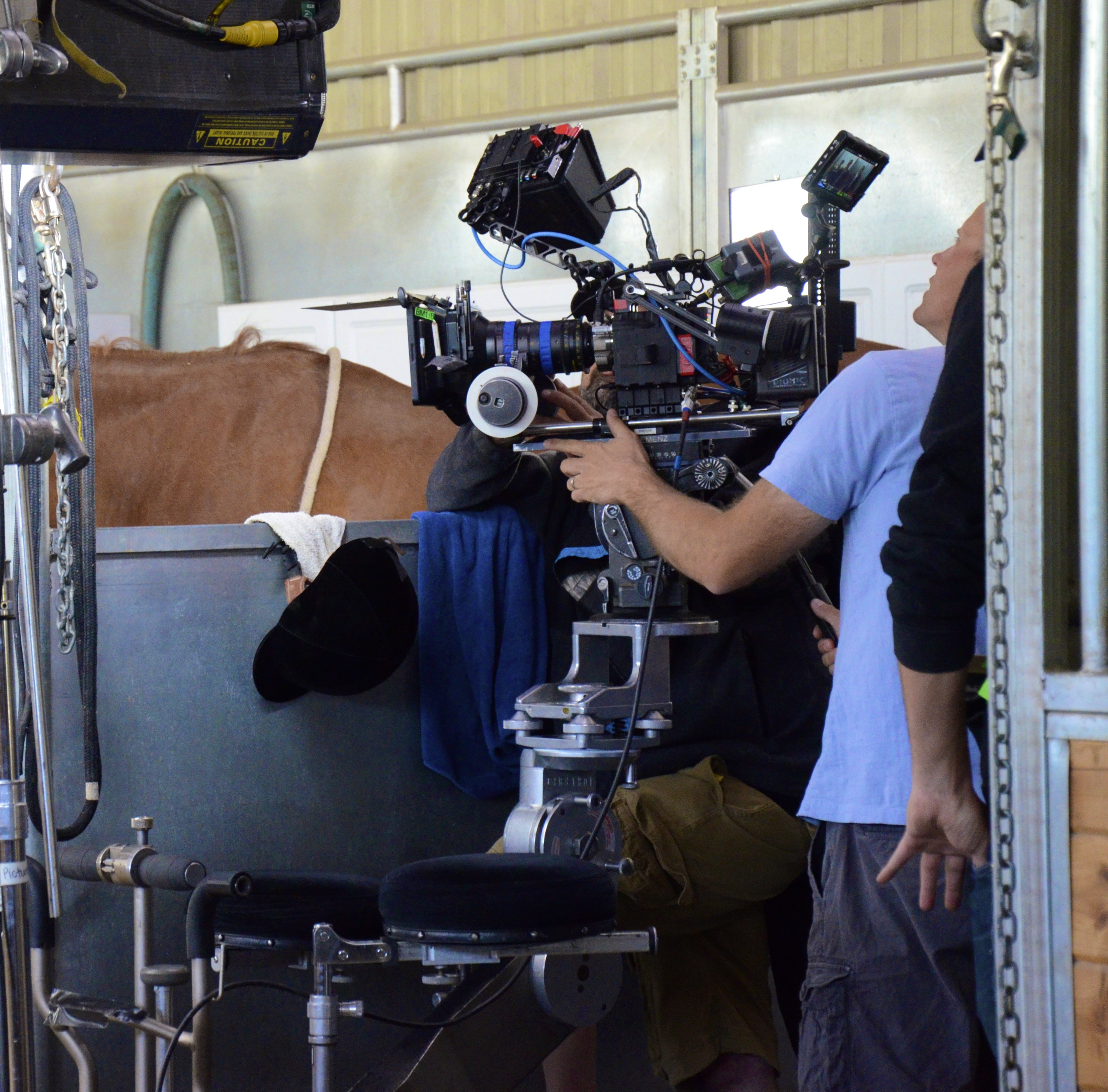
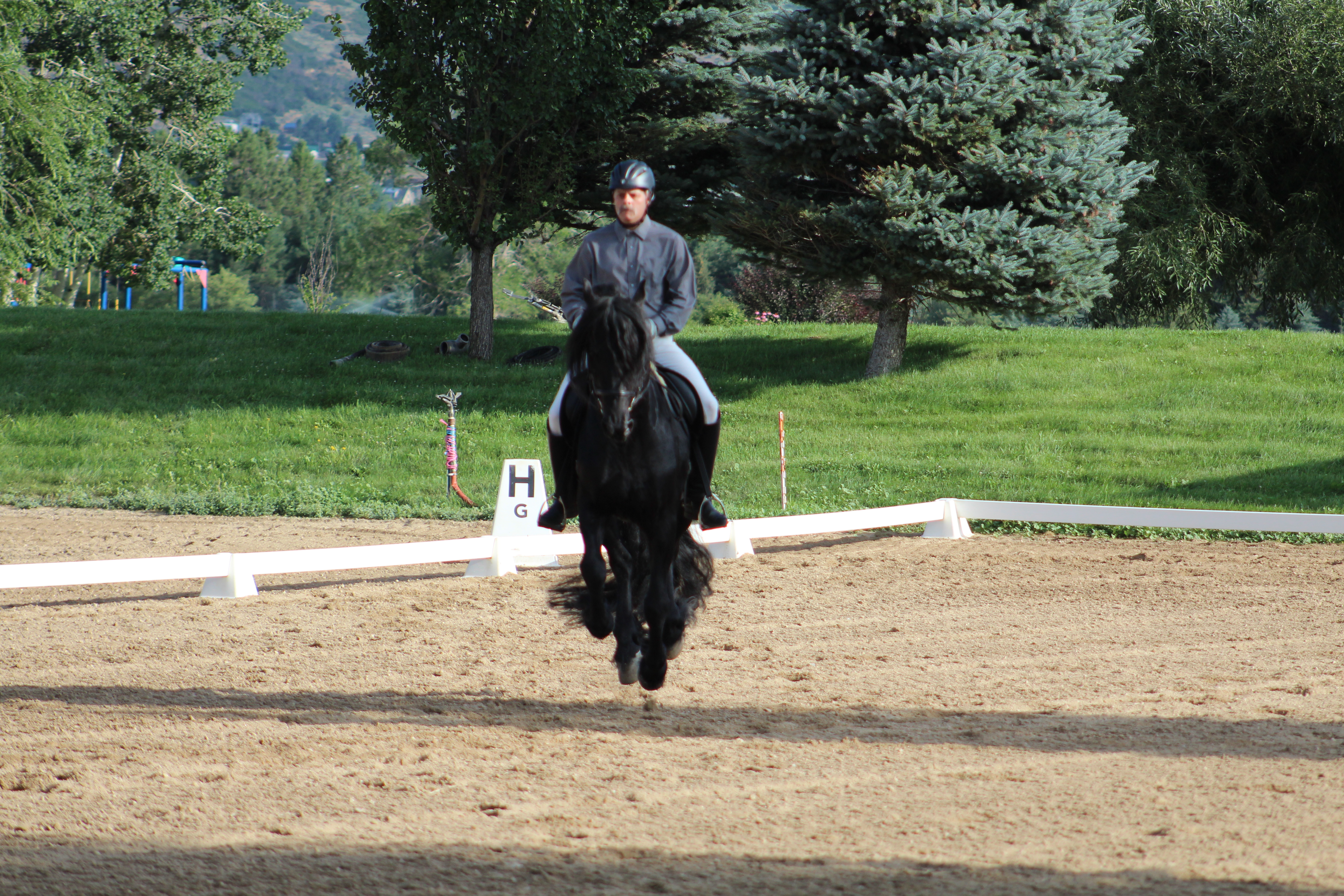
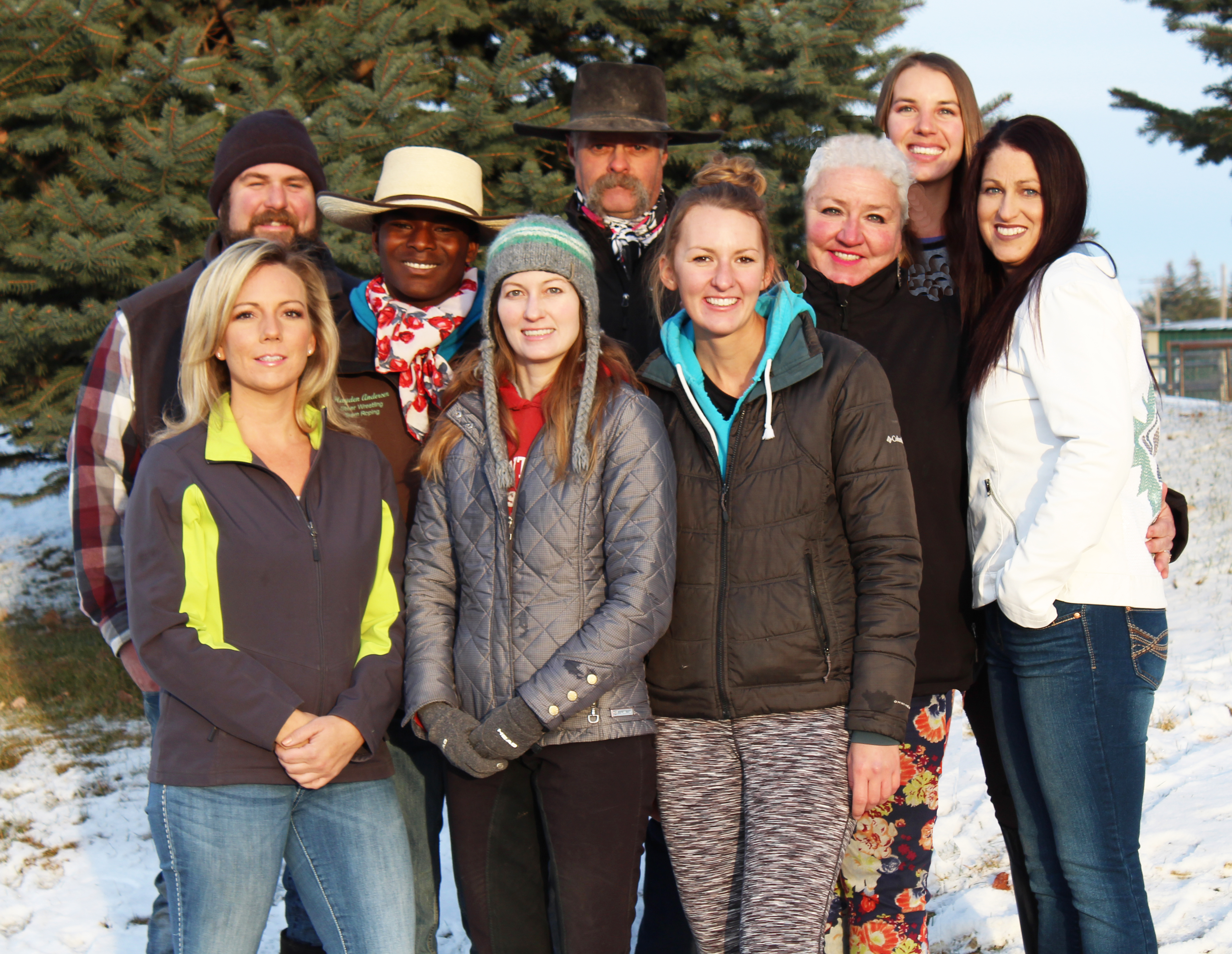

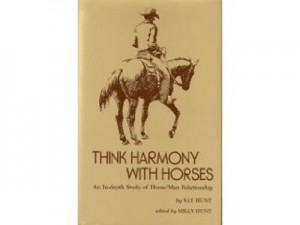
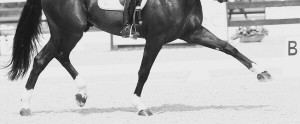
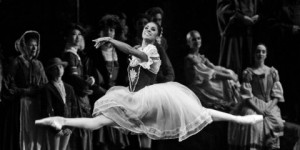
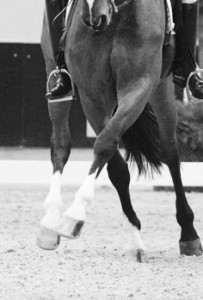
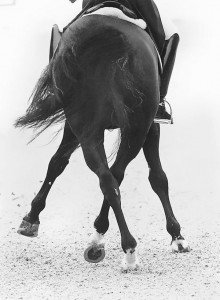
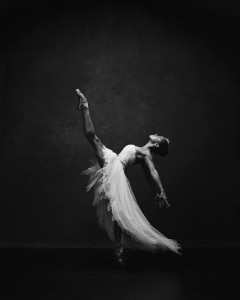
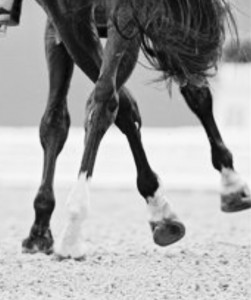

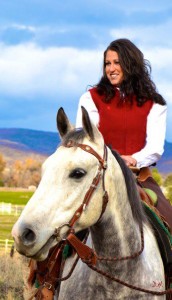


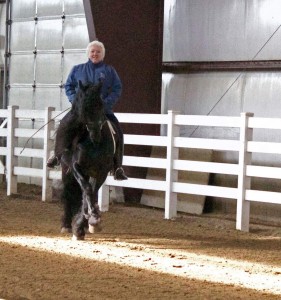
Recent Comments